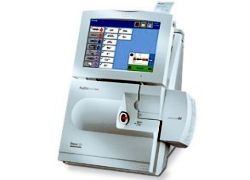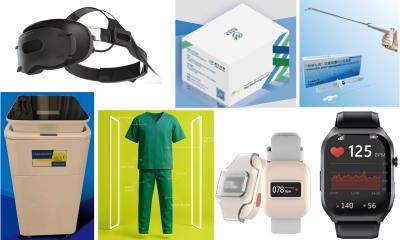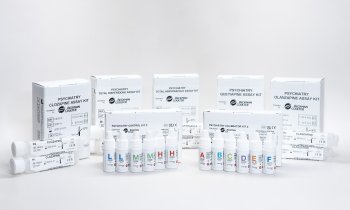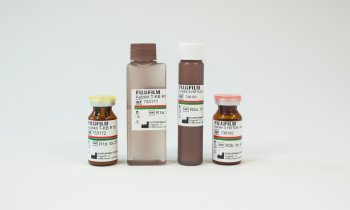Blood gas analysers and monitors
Immediate bedside results increase sales
In 2006 blood gas analysers and monitors earned manufacturers revenues of around US$360.5 million, and revenues could reach US$470 million in 2013, according to a new market report from Frost & Sullivan (F&S).

‘Laboratory tests that used to take around 30 minutes for the result to be obtained are now a thing of the past; currently manufactured point of care devices yield immediate answers,’ the report’s author, research analyst C R Hema Varshika, explained. That instant bedside capability, along with a rising patient population is, she believes, the cause of a notable sales boost.
The main challenges for manufacturers include each country having its own purchasing system, which will only change when countries adopt uniform laws. The author attributes other problems to the high levels of brand consciousness among hospitals and ‘intense competition from local participants’. This, Ms Farshika suggests, can be overcome through innovative products and effective marketing strategies. ‘Proactive marketing of technologically advanced and user-friendly products will lead to a rise in market share,’ she then predicts.
F&S points out that this analysis - ‘The European Blood Gas Analysers and Monitors Market’ (M00B – 56) - is part of its Patient Monitoring Subscription, which includes research on: Remote Patient Monitoring and the Strategic Analysis of the European Neurological Monitoring Market.
For a virtual brochure, e-mail Radhika Menon Theodore - Corporate Communications at rmtheodore@frost.com, giving your name, company name, title, phone number, e-address, city, state, and country.
08.03.2007








